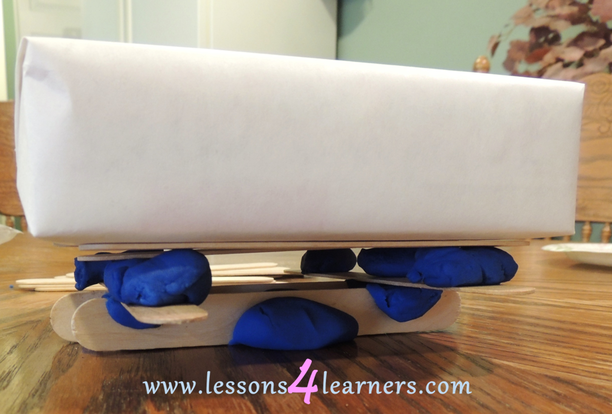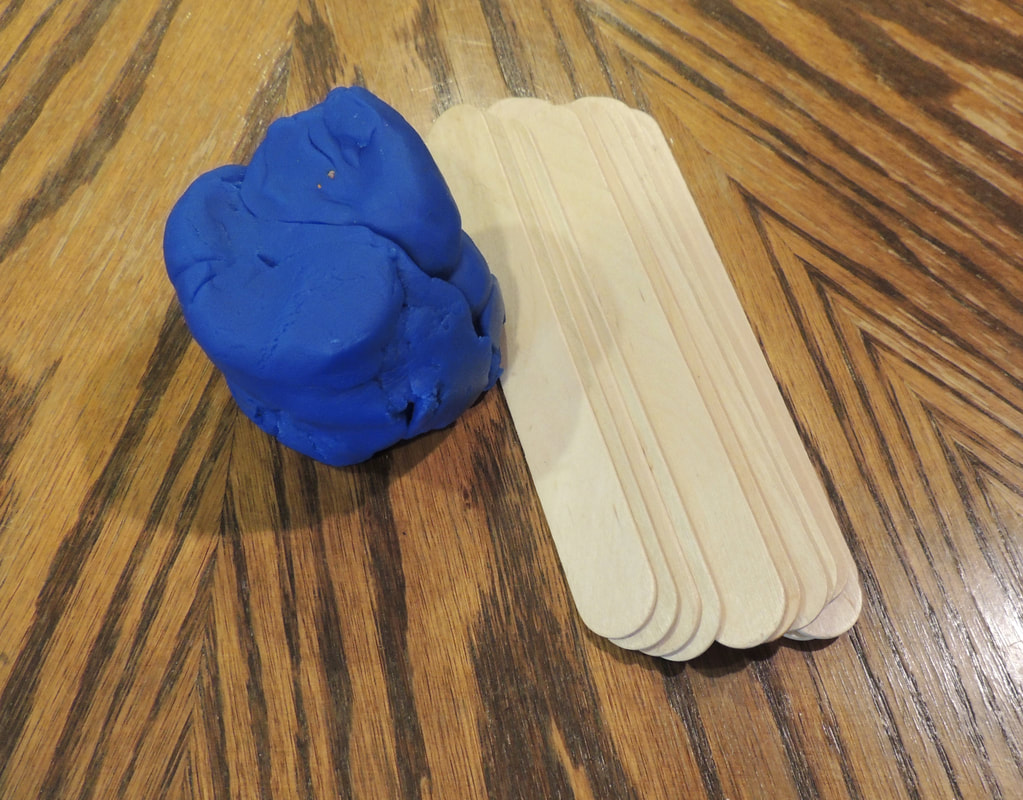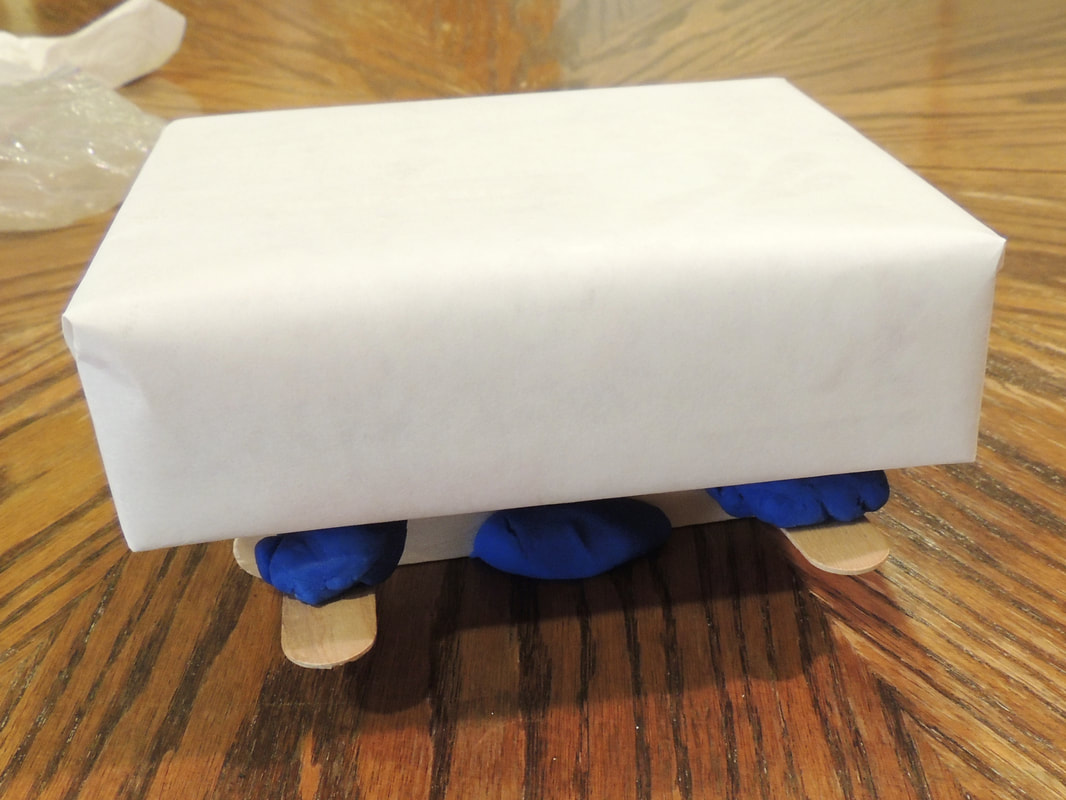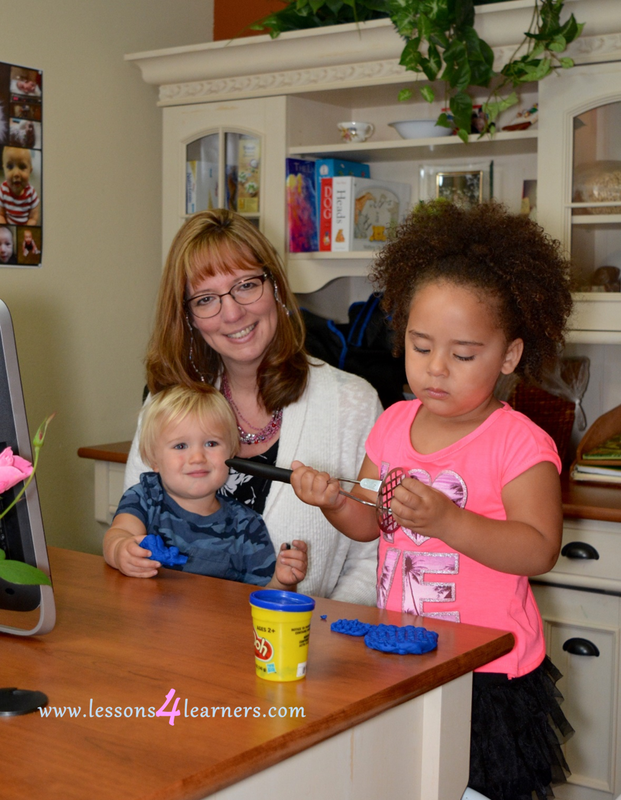Playdough Engineering
|
Grade 2-3
Materials:
Procedure:
|
- Ask guiding questions such as:
- Did your group make an initial plan? How did that work for your end result?
- How would you describe your group’s communication skills?
- If you were to do this activity again, what would you change? Why?
Assessment:
- Observe and record the group’s collaborative skills when trying to solve the engineering problem. Also make note of the ending analytical process and of children’s ability to critique their experiences.
Click on the course icon for enrollment information.
A Dough by Many Names
|
In the 1930s a substance was accidentally created to clean wallpaper. The creator of this substance quickly learned that children loved it as a toy! Later, the recipe was adapted to contain child-friendly ingredients and marketed as a substance called “Play-Doh.” Some refer to it as playdough, dough, slime, gak, flubber, blubber, clay, silly putty, gook, or oobleck. It is a dough that goes by many names and is arguably the most common material found in classrooms everywhere. We will refer to it as playdough for this training.
This popular material is extremely useful for a myriad of children, ages, special needs, curriculum topics and sensory explorations. Whether you are a teacher in an infant or toddler classroom, preschool program or a school-age program, you can use play dough in tons of different ways. Let’s play! |












